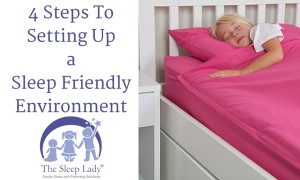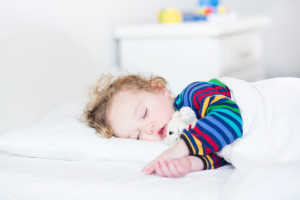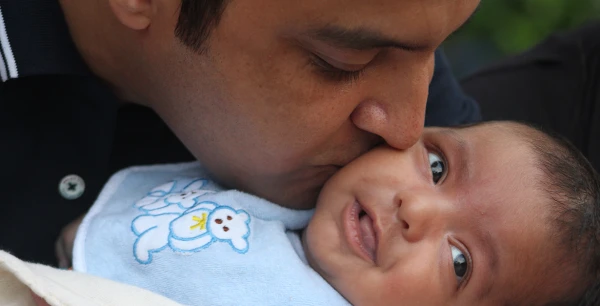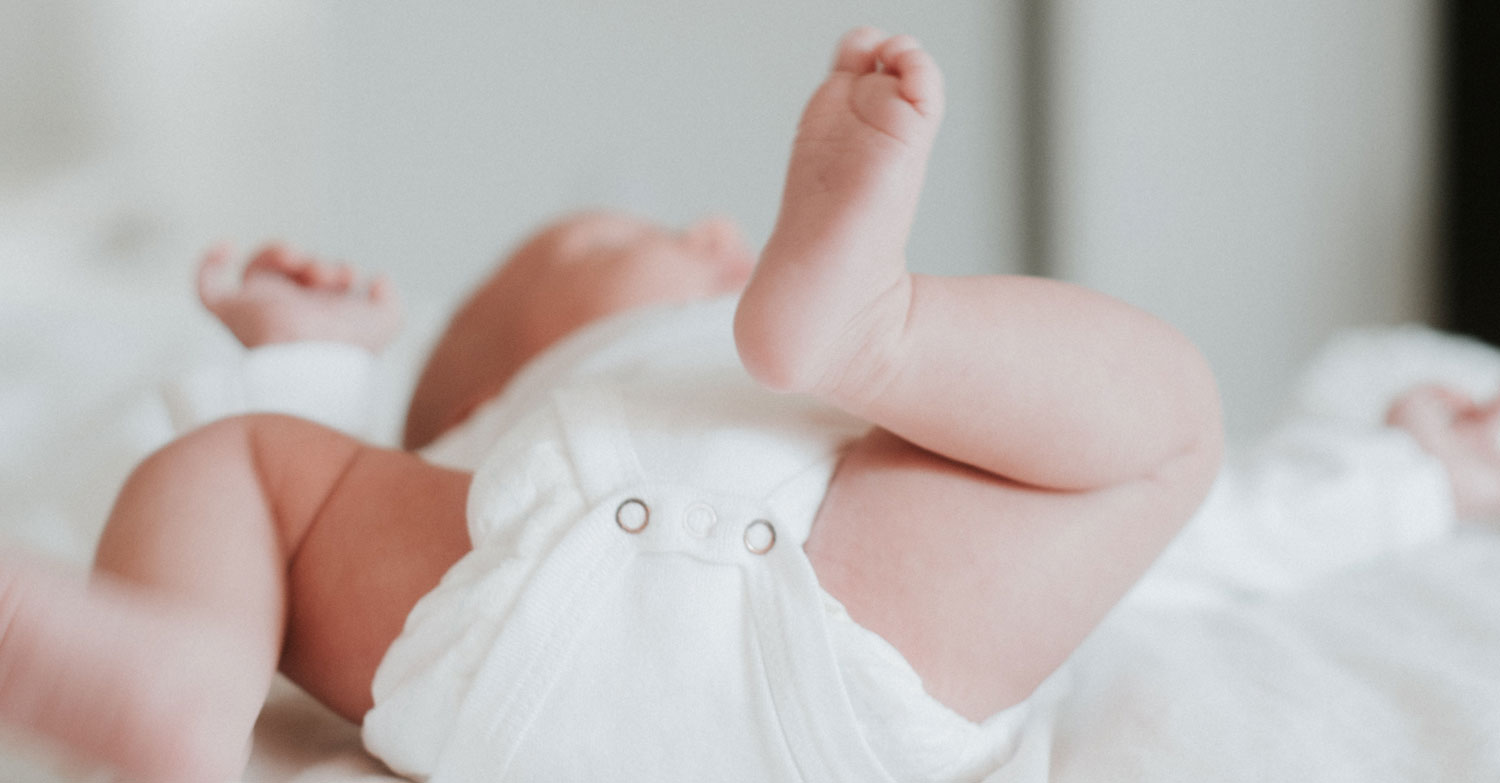One of the best things you can do to help your child learn to sleep is to set them up with a “sleep-friendly environment”. This means two things: an environment that is both conducive to sleep and safe. By putting your baby to sleep in a sleep-friendly environment, you are setting the stage for success.
How do I create a sleep friendly environment?
Dark
The darker the room the better. As sleeping is a relatively new skill for your baby and falling asleep on their own may be a foreign concept to them, working with their body makes the learning process easier. A dark room works with your baby’s circadian rhythm instead of against it.
- If you are still breastfeeding during the night, practice latching with as little light as possible to avoid reinforcing night waking.
- Keep your child in a dark room until it is an appropriate wake up time in the morning.
- Blackout blinds are a great tool to help darken the room, but there are also many temporary “hacks” that help darken the room even more. Foam board can be purchased cheaply and cut to fit the window.
White Noise
Yes, it’s true; white noise can be very soothing and helpful for babies when they are learning to fall asleep and put themselves back to sleep during the night. Babies spend 9ish months in the womb and are surrounded by constant noise. Middle of the night silence is brand new for them and may take some getting used to. The bonus of white noise is that it can also block out other noises within and outside of the house (ie. rambunctious toddlers playing close by, loud vehicle or street noises, etc.).
- There are many options out there for white noise: machines, toys, apps, electronic devices.
- When choosing which device to buy, look at how many sounds the particular device offers. Your baby may prefer some sounds over others.
- Does the toy also shine lights/projections? You may want to avoid this at bedtime so your baby is not over-stimulated. Bedtime is a time for calming the mind into sleep, NOT playtime or processing time. Soft light like the Cloudb twilight turtle would be okay.
- Machines that offer continuous sound throughout the night can help soothe your baby back to sleep during the many partial arousals they experience during the night.
Temperature
Babies find it just as difficult to sleep as adults when the room temperature is either too hot or too cold. Since they are in the learning process of their sleep skills, and because babies aren’t able to regulate their body temperature as easily as adults, temperature is even more important for them.
- When you choose the room temperature, you also want to consider how your baby is dressed for the night. If they are wearing 2 layers of clothing and a sleep sack or swaddle, they will likely need a slightly cooler room.
- 68-72 degrees is a good rule of thumb for the thermostat.
- Although this may be a hard one to achieve in mid-summer, keeping the room dark during the hottest hours of the day and the window open during the coolest hours can help.
- Air conditioning units and fans can also help to regulate the temperature in your baby’s room.
 Surroundings
Surroundings
What surrounds a baby in their sleep environment is incredibly important for setting the stage for great sleep skills. Mobiles and toys in or attached to your baby’s crib can send the message that crib-time is for playtime and for “figuring out” these objects rather than sleeping.
The same is true with toys on the floor and objects within reach of the crib. It can be very tempting for your baby to either attempt to play with or pull these items into the crib instead of sleeping.
If your baby’s closet is full of toys and clothes, make sure the closet doors are shut for sleep times as this will be one less thing for your baby to attempt to “figure out”. Simple walls are also helpful for younger babies. Multiple paintings or pictures can give your nursery a beautiful appearance, but may also add stimulus in the one place you want the least amount of stimulation.
It is also important to keep the electronics out of the bedroom, especially in the 2 hours before sleep. The light rays emitted from these devices have been shown to interfere with circadian rhythm and can delay the release of melatonin.
Some guidelines for safe sleep include:
- firm, flat and uncluttered sleep surface
- no loose blankets or toys in the sleep space,
- snugly fitted sheets to the mattress
- no pillows
- non-smoking environment
- follow the weight restrictions indicated by the manufacturer on your baby’s bassinet, play pen, or crib
- no cords, plants, etc. within reaching distance of your child’s crib or sleep space
When the environment is optimal for sleep, you have taken the first important step in helping your baby learn solid sleep skills!
 Andrea is a Certified Gentle Sleep Coach, founder of Blissful Nights, a birth doula, post partum doula, and is training to become a Certified Lactation Educator. As a former exhausted parent of 2 busy little boys, Andrea fully understands the toll extreme sleep deprivation can take. As a Gentle Sleep Coach, Andrea works with tired parents of infants and small children, helping them gently and lovingly teach their children invaluable sleep skills. As the children learn to sleep, parents are reunited with their own long-lost and desperately missed uninterrupted sleep.
Andrea is a Certified Gentle Sleep Coach, founder of Blissful Nights, a birth doula, post partum doula, and is training to become a Certified Lactation Educator. As a former exhausted parent of 2 busy little boys, Andrea fully understands the toll extreme sleep deprivation can take. As a Gentle Sleep Coach, Andrea works with tired parents of infants and small children, helping them gently and lovingly teach their children invaluable sleep skills. As the children learn to sleep, parents are reunited with their own long-lost and desperately missed uninterrupted sleep.
To find out more about how Andrea can help your children sleep, please visit www.blissfulnights.ca, or follow her on Facebook, Google+, or Twitter: @andrea_galambos.


